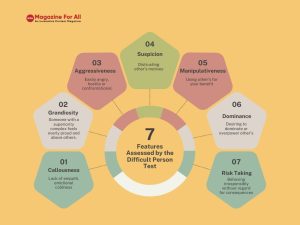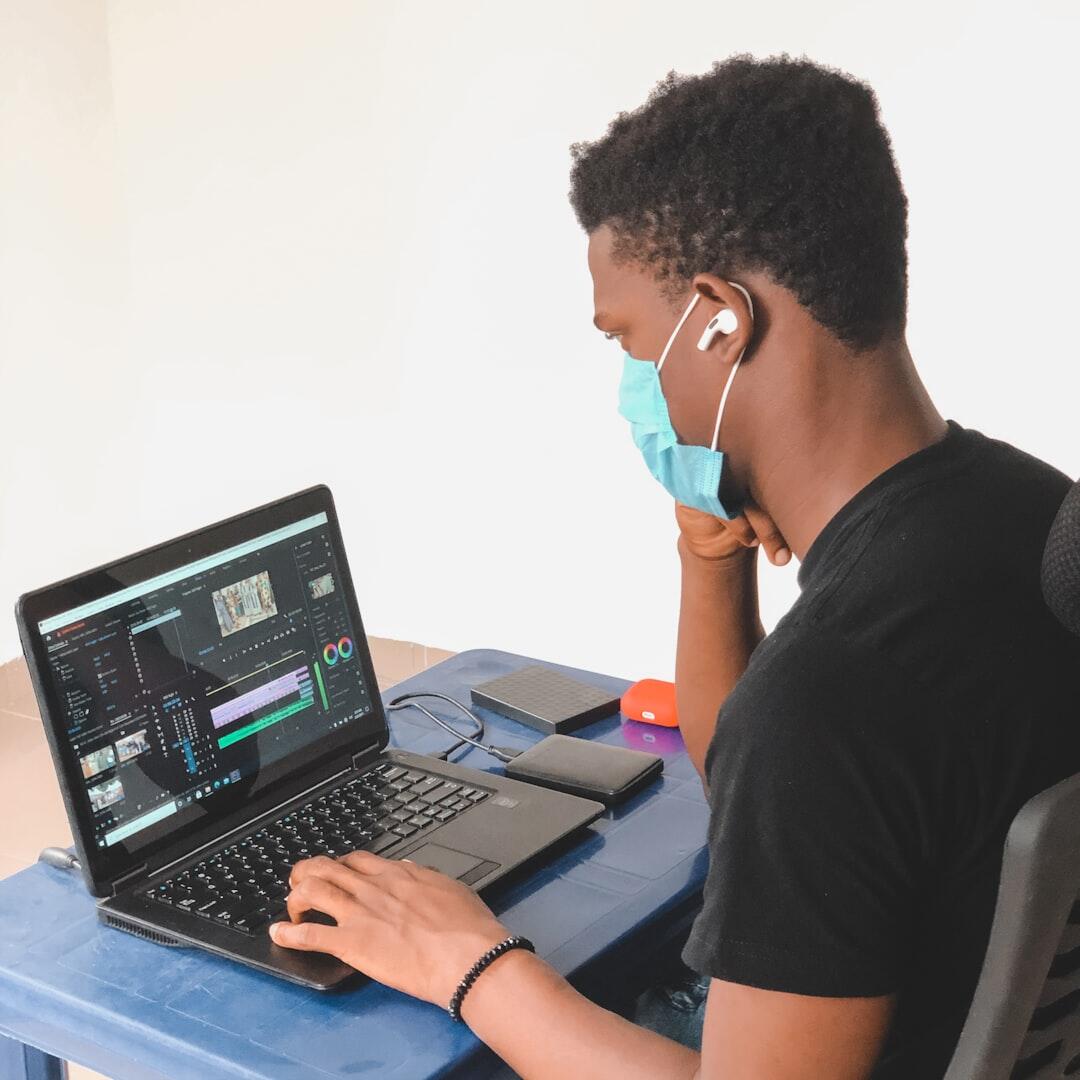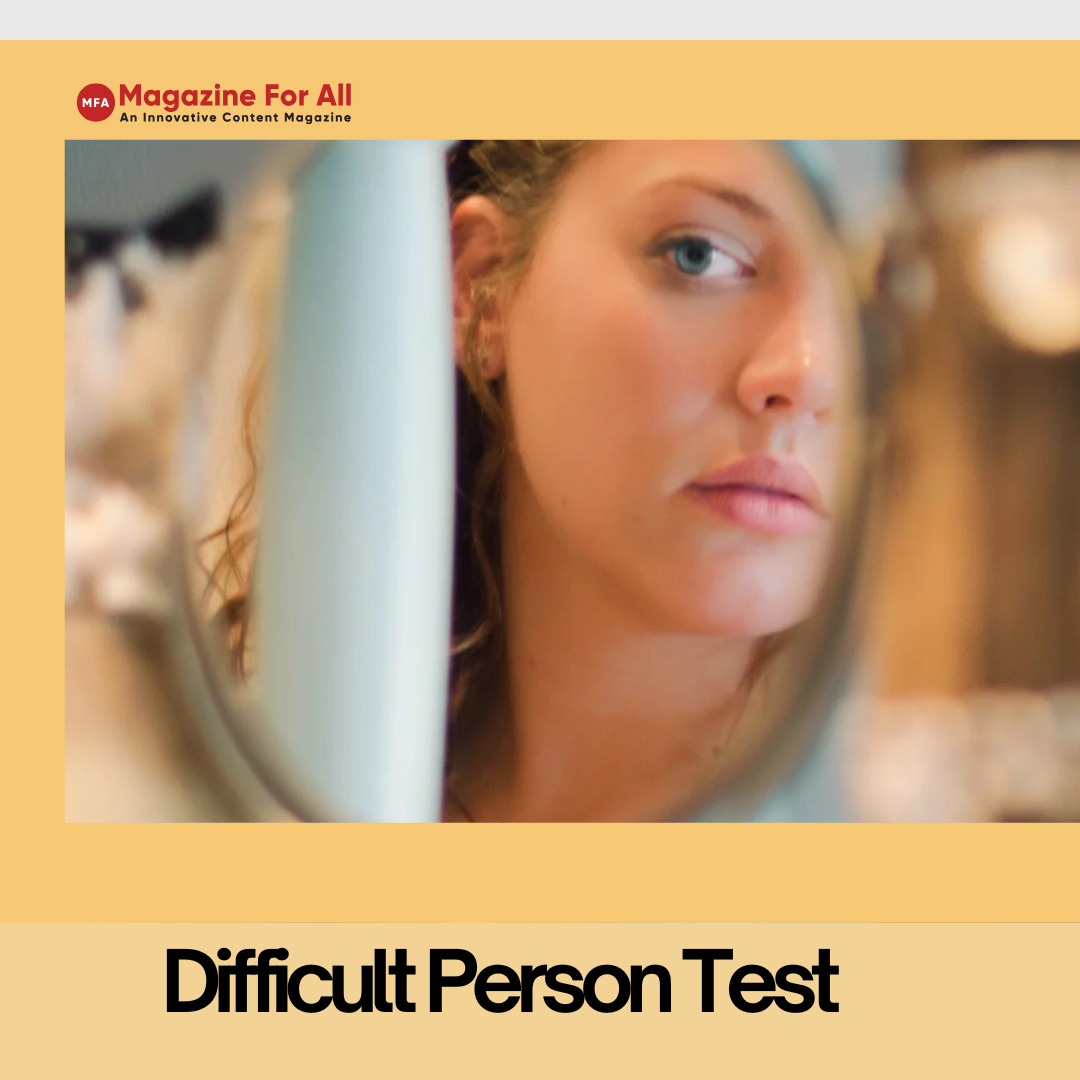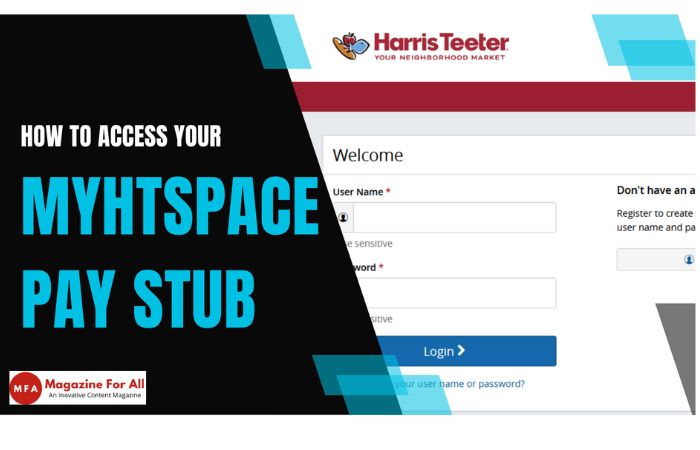Table of Contents
Introduction
We have all encountered individuals who seem difficult to get along with perhaps they quarrel too much constantly seek control or never empathize. But have you ever asked yourself “am I the difficult person?”
The Difficult Person Test is widely used a online tool that helps you think about your personality characteristics and their impact on relationships. It is not a clinical diagnosis but it can bring to light behavioral patterns that create tension in friendships, family or the workplace.
From this article, you’ll discover:
- What the Difficult Person Test is and how it originated
- The seven personality characteristics it tests
- How the test works and how to interpret your results
- Practical ways to improve if your score is high
- FAQs about the test that people often ask on Google
What Is the Difficult Person Test?
The Difficult Person Test is an IDRlabs online personality test based on work by psychologist Chelsea Sleep and colleagues on hostile personality characteristics.
- Purpose: The test is designed to assess behaviors that contribute to someone coming across as “difficult” in interpersonal interactions.
- Format: It requests you to indicate on a scale (from “strongly disagree” to “strongly agree” ) how much you agree with each statement.
- Result: You get a score breakdown indicating how closely you fit into each characteristic of a “difficult person”.
⚠️ Note: This test is not a medical or psychological diagnosis. It’s for self-insight and educational purposes.
Why Do People Take the Difficult Person Test?
Individuals resort to this test for various reasons:
- Self-awareness: To find out whether their behavior is repelling others
- Relationships:To know why it continues to get into conflicts with friends, partners, or colleagues
- Personal growth:To find areas of weakness and improve in emotional intelligence
- Curiosity:Just to see what the internet quiz has to say about their personality
Think of it as standing in front of a mirror it doesn’t call you “bad” or “toxic,” but it does point out behaviors that can make life more difficult for you and others.
The 7 Features Assessed by the Difficult Person Test

The test assesses seven distinct features that are often associated with being “difficult.” Let’s describe them with easy examples:
| Trait | Definition | Example in Real Life |
| Callousness | Lack of em-path, emotional coldness | Ignoring a distressed friend instead of soothing them
|
| Grandiosity | Someone with a superiority complex feels overly proud and above others. | Always bragging about successes and belittling others |
| Aggressiveness | Easily angry, hostile or confrontational | Engaging in arguments at meetings over trivial matters
|
| Suspicion | Distrusting other’s motives
|
Expecting coworkers to conspire against you without evidence
|
| Manipulativeness
|
Using other’s for your benefit | Bending facts to have your way in making a group choice |
| Dominance
|
Desiring to dominate or overpower other’s
|
Interrupting others to dominate conversations
|
| Risk Taking | Behaving irresponsibly without regard for consequences
|
Making spontaneous financial choices that impact family
|
If one or more of these characteristics appear strongly in your report, it doesn’t indicate that you’re a “bad person”. It just means that you might need to consider how these tendencies impact your relationships.
How Does the Difficult Person Test Work?
- Questionnaire: You respond to about 35–40 statements. Sample: “I don’t care if people like me” or “I like dominating conversations.”
- Scoring: Each response is scored on a scale, from disagree to agree.
- Results: You receive a chart at the end with your percentage score for every trait.
- Interpretation:Higher scores mean more inclinations toward hard traits; lower scores mean you are generally easier to get along with.
Some versions actually include graphs or comparisons to the general population.
How to Interpret Your Results
Your test score is not a critique of you. Rather, it is an exercise in self-reflection:
- High Score in Callousness? Show empathy by listening carefully and appreciating how others feel..
- High Score in Aggressiveness? Learn anger control skills and stress management.
- High Score in Manipulativeness? Emphasize honesty and true trust-building.
- High Score in Risk-Taking? Take time before making a decision, think about long-term effects.
The idea is not to eradicate all traits entirely — some may even be beneficial in moderation. Take risk-taking, for instance: it can make entrepreneurs successful if balanced out with prudence.
What To Do If You Score High on the Difficult Person Test

Don’t freak out if your results indicate you may be “difficult.” Lots of people score somewhere in the middle. Instead.
Use your results as an opportunity to grow:
- Acknowledge It: Don’t try to deny the results. To start, accept them.
- Seek Feedback: Get feedback from your close friends how they think about your behavior.
- Work on Emotional Intelligence: Improve by listening well, caring more, and staying patient.
- Control Triggers:Determine what brings about aggressive or dominant behavior.
- Consider Professional Help:It may be helpful to talk to a counselor or therapist about patterns that deeply influence relationships.
Practical Applications of the Test
- In Relationships:The test can be used by couples to better understand and communicate effectively.
- In Workplaces: HR managers use analogous tools to analyze the dynamics of groups.
- For Personal Growth:People can take the test after a few months to monitor progress.
Limitations of the Difficult Person Test
Like any online personality test, the test has its limitations:
- Results are based on your honesty in responding.
- Your current mood or mental state can influence the result.
- It does not measure every aspect of personality only the seven traits.
- This doesn’t replace a professional mental health check.
Final Thoughts
Difficult Person Test is not means to judge or shame you, it’s means to help you learn. By noticing the personality that make relationships harder you can work on them and build strong and healthier connections.
If your score is high it is simply a chance to grow. Being open to change and aware of yourself shows that you are moving away from being “difficult”.
FAQs About the Difficult Person Test
1. What is the Difficult Person Test?
It’s a web-based personality test created by IDRlabs that assesses seven characteristics associated with being “difficult” in relationships.
2. Is the Difficult Person Test precise?
The “Difficult Person Test” is mainly for self reflection not an official diagnosis.
3. How long does the test take?
5 to 10 minutes, depending on the version you complete.
4. Can the test assist me in changing my behavior?
Yes, by pointing out particular characteristics, it can lead you to personal growth and improved communication.
5. Is the test free?
Yes, the majority of online adaptations of the Difficult Person Test are free.
For Read More Interesting Article Visit Magazine for all









































































